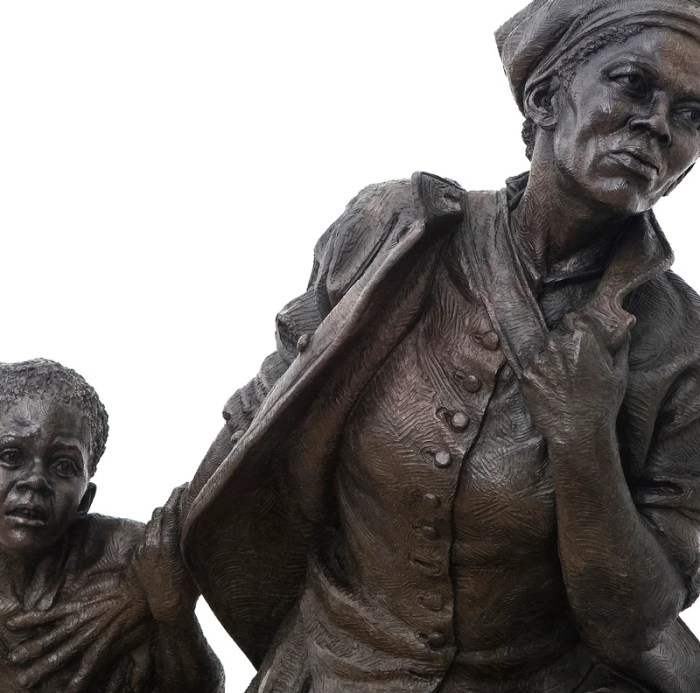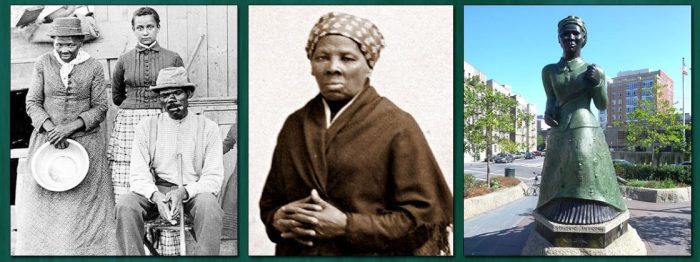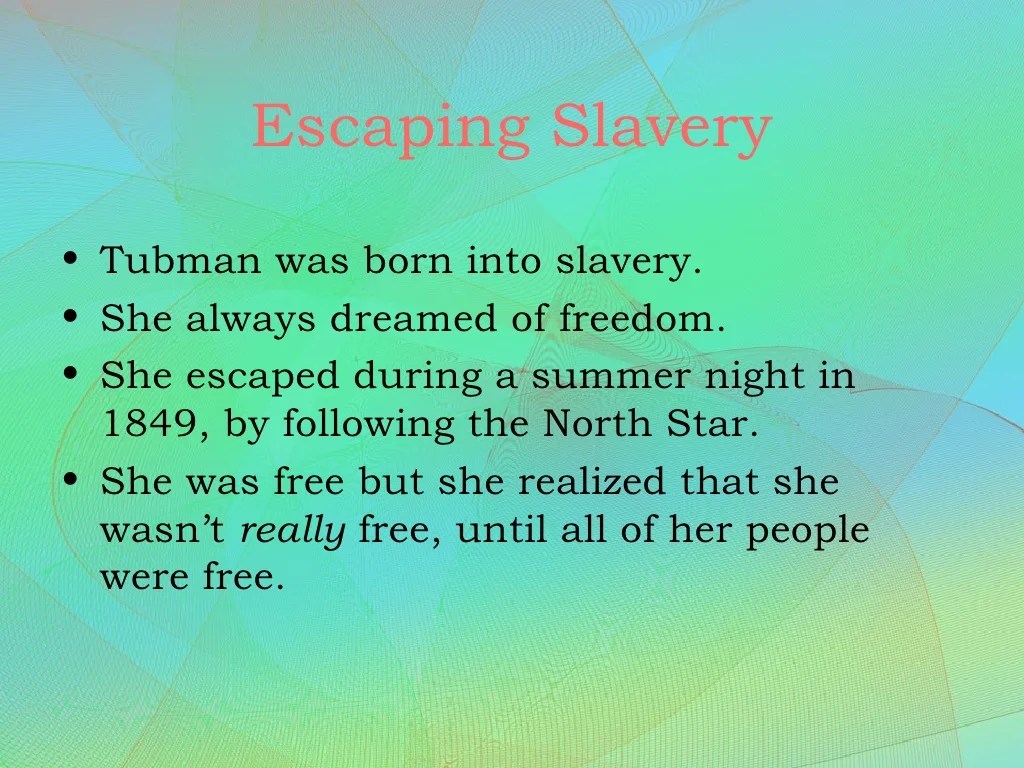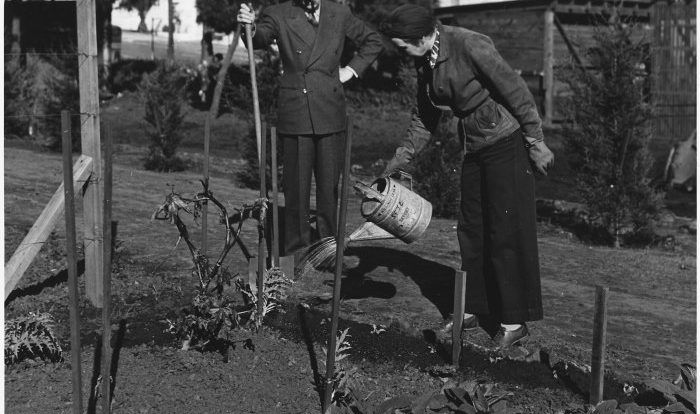Analyzing harriet tubman through sources – Delving into the captivating realm of “Analyzing Harriet Tubman: A Journey Through Sources,” we embark on an illuminating exploration of the life, activism, and enduring legacy of an extraordinary figure. Harriet Tubman’s unwavering determination and strategic brilliance in the face of adversity will unfold as we delve into the diverse sources that chronicle her remarkable story.
From her humble beginnings to her pivotal role in the Underground Railroad, Tubman’s journey will be meticulously examined through the lens of historical documents, personal accounts, and contemporary interpretations. By scrutinizing these sources, we will uncover the complexities of her character, the impact of her actions, and the enduring significance of her contributions to American history.
Harriet Tubman’s Life and Activism

Harriet Tubman, born Araminta Ross, was a renowned abolitionist and social activist who played a pivotal role in the Underground Railroad, a network of secret routes and safe houses used by enslaved people to escape to freedom in the North.
Early Life and Education
Tubman was born into slavery in Maryland in 1822. Despite facing harsh conditions and limited opportunities, she displayed remarkable resilience and intelligence from a young age.
Involvement in the Underground Railroad
In the 1840s, Tubman escaped slavery and dedicated her life to helping others achieve freedom. She became a “conductor” on the Underground Railroad, leading enslaved people on perilous journeys to the North, often using disguises and navigating dangerous terrain.
Motivations and Impact
Tubman’s unwavering commitment to abolitionism was driven by her firsthand experiences with slavery. She risked her own life countless times to rescue hundreds of enslaved people, earning her the nickname “Moses of her people.”
Harriet Tubman’s Leadership and Strategies

Leadership Qualities
Tubman possessed exceptional leadership qualities that inspired trust and loyalty among her followers. She was known for her courage, determination, and ability to motivate others.
Rescue Strategies
Tubman developed ingenious strategies for rescuing enslaved people. She used disguises, established a network of safe houses, and navigated treacherous terrain, often outwitting slave catchers.
Adaptability and Resilience
Throughout her career, Tubman faced numerous challenges, including opposition from slave catchers and harsh weather conditions. However, she remained adaptable and resilient, constantly devising new strategies to overcome obstacles.
Harriet Tubman’s Impact on American History

Significance in the Abolitionist Movement
Tubman’s contributions to the abolitionist movement were immeasurable. She played a key role in helping hundreds of enslaved people escape to freedom and undermining the institution of slavery.
Symbol of Resistance and Freedom
Tubman became a symbol of resistance and freedom for enslaved people, inspiring hope and determination. Her story continues to resonate with people today, reminding us of the struggle for equality and justice.
Legacy and Inspiration
Tubman’s legacy lives on through her enduring impact on American history. Her story continues to inspire generations of activists and advocates working towards social justice.
Harriet Tubman’s Representation in Literature and Media
Literary and Film Depictions
Tubman’s life and work have been depicted in numerous literary and film works, including biographies, novels, and documentaries.
Accuracy and Authenticity
While these representations vary in their accuracy and authenticity, they have contributed to shaping public perception of Tubman’s legacy.
Impact on Understanding and Appreciation
Literary and media representations have played a significant role in increasing awareness of Tubman’s story and fostering appreciation for her contributions.
Harriet Tubman’s Symbolism and Iconography

Moses Figure and Conductor
Tubman is often depicted as a “Moses” figure, leading enslaved people to freedom, and as a “conductor” on the Underground Railroad.
Use in Monuments and Popular Culture
Tubman’s name, likeness, and story have been used in various contexts, including monuments, memorials, and popular culture.
Representing Causes and Values, Analyzing harriet tubman through sources
Tubman’s symbolism has been used to represent and promote causes such as abolitionism, civil rights, and women’s rights.
General Inquiries: Analyzing Harriet Tubman Through Sources
What were Harriet Tubman’s motivations for fighting against slavery?
Tubman’s deep personal experiences with slavery fueled her unwavering determination to fight for the freedom of others.
How did Harriet Tubman successfully evade capture while leading slaves to freedom?
Tubman’s exceptional use of disguises, her extensive knowledge of the Underground Railroad network, and her ability to navigate dangerous terrain contributed to her success.
What is the significance of Harriet Tubman’s representation in literature and media?
These representations have played a crucial role in shaping public perception of Tubman’s life and work, ensuring that her legacy continues to inspire and educate.
